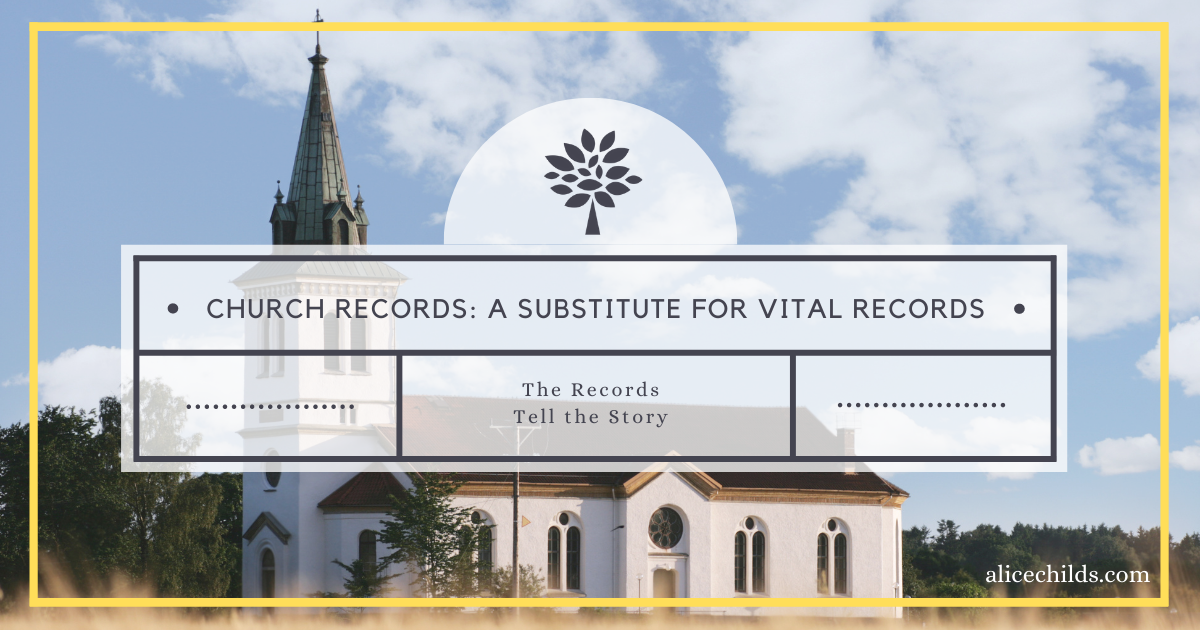
As part of my preparation for the Level 2 & 3 tests for ICAPGen accreditation, I am learning more about important record types for the Mid-Atlantic Region of the United States. My growing library of blog posts about record types includes cemetery and funeral home records, census records, histories, immigration and naturalization records, migration routes, and Pennsylvania Land Records. Today I will tackle church records. Because I am accrediting in a U.S. region, this post focuses on U.S. church records. In other countries that had state churches, church records are plentiful and are one of the main record types for genealogical research. The separation of church and state in the United States takes state churches out of the equation, so you might have to dig a little bit to find church records, but it can be done. Church records should not be overlooked when researching our ancestors.
The Value of Church Records
Because many states did not require registration of births, marriages, and deaths until the late 1800’s or early 1900’s, genealogists need to use substitute records to find dates for these vital events. One great substitute can be church records. Church records were generally kept in a register by the local clergyman and might include baptism, marriage, and burial records, in addition to others. While these records might not give exact dates for births and deaths, a baptism was often close to the child’s birth date, and burial quickly followed a death, so these records can provide a close date.

Additional church records that can provide useful information about our ancestors’ lives include confirmation records, membership lists, and information about when a person was admitted to the congregation, where they came from, when they “removed” from the congregation, and where they went. As you might imagine, these records are very helpful for placing our ancestors in a particular time and location and tracing their migration.
Determine Your Ancestor’s Religious Denomination
The first step in finding church records is to determine your ancestor’s religious denomination. One way to do this might be to ask older living relatives if they know what church your ancestors belonged to. Another way to go about it is to look for clues in existing records for your ancestor. Obituaries often include the name of the minister that conducted the funeral services and even what church the deceased person belonged to. Perhaps your ancestor was buried in a church cemetery, and that is a great clue. Marriage records or newspaper announcements will usually say who married the couple. Researching the minister’s name can lead to his religious affiliation. If no records like this exist for the ancestor of interest, look at other relatives and their records for clues, because family members often belonged to the same church.
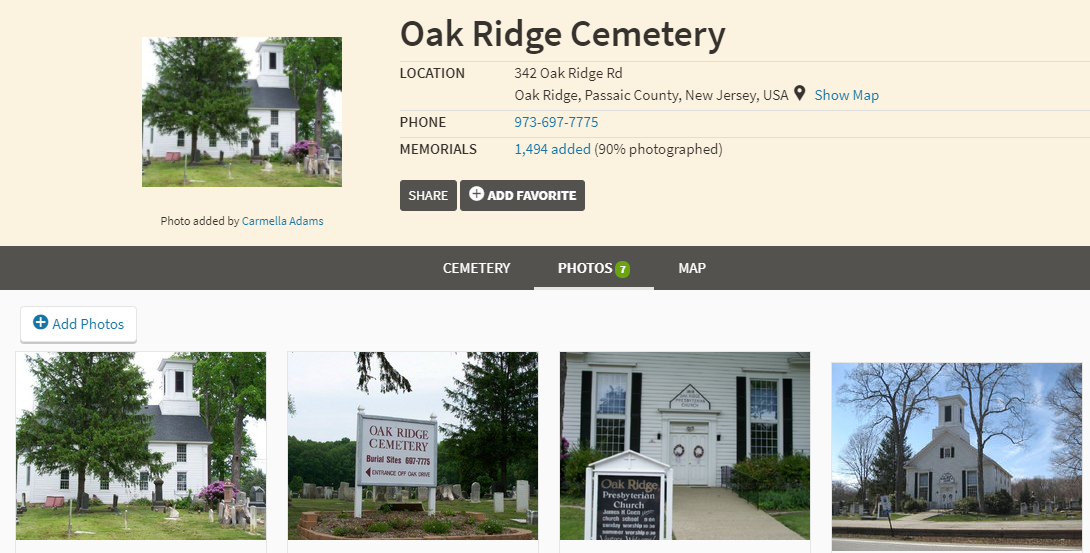
Learning a little about the beliefs and practices of a particular denomination will also help guide your research. For example, I recently completed a project in which I was seeking information about an unknown child who appeared as a male under 5 on the 1830 census. Research revealed that the family belonged to the local Seventh Day Baptist Church. This church practices “baptism of believers,” meaning baptism of a person who is old enough to hear the gospel, accept Christ, and choose to be baptized. Therefore, baptism records this unknown child would not exist unless the child lived to be old enough to choose baptism.
Find the Church Your Ancestor Attended
Once you have learned your ancestor’s religious denomination, you can use resources like local histories, city directories, and historical maps to discover what churches for that denomination existed in your ancestor’s time period.
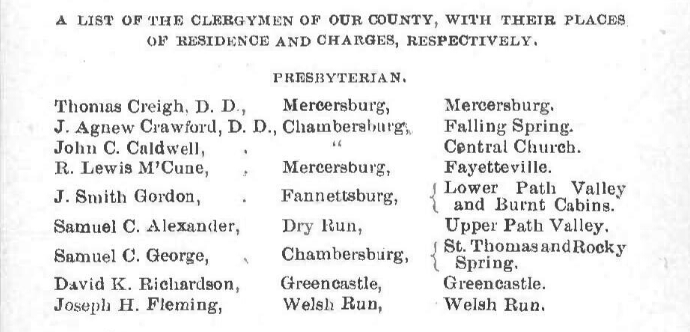
Directories of churches have also been published for some states and these are valuable tools. If your ancestor lived between 1850-1870, the social statistics schedule created along with each federal census provides data about religious denominations and the number of churches of each denomination in a given locality.
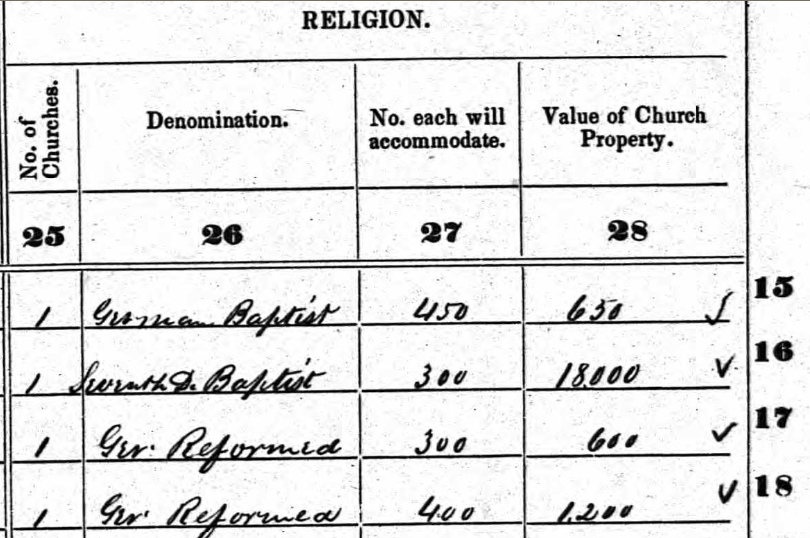
Think about how far your ancestor might have feasibly traveled to attend church and broaden your search to include neighboring towns that would fit within that radius. Another great resource is the local historical society. They might have information about what churches existed in different time periods and even have collections of church records in their libraries.
Find Records for Your Ancestor’s Church
After identifying possible churches that your ancestor might have attended, you can begin the search for church records. One thing I like to do is to perform a Google search for the church. Often, the church’s website will have a history page that provides the date the church was established. That will help you to know whether the church would have been in operation at the time your ancestor might have attended and been baptized, married, or buried. If it wasn’t, cross that church off your list and move on.
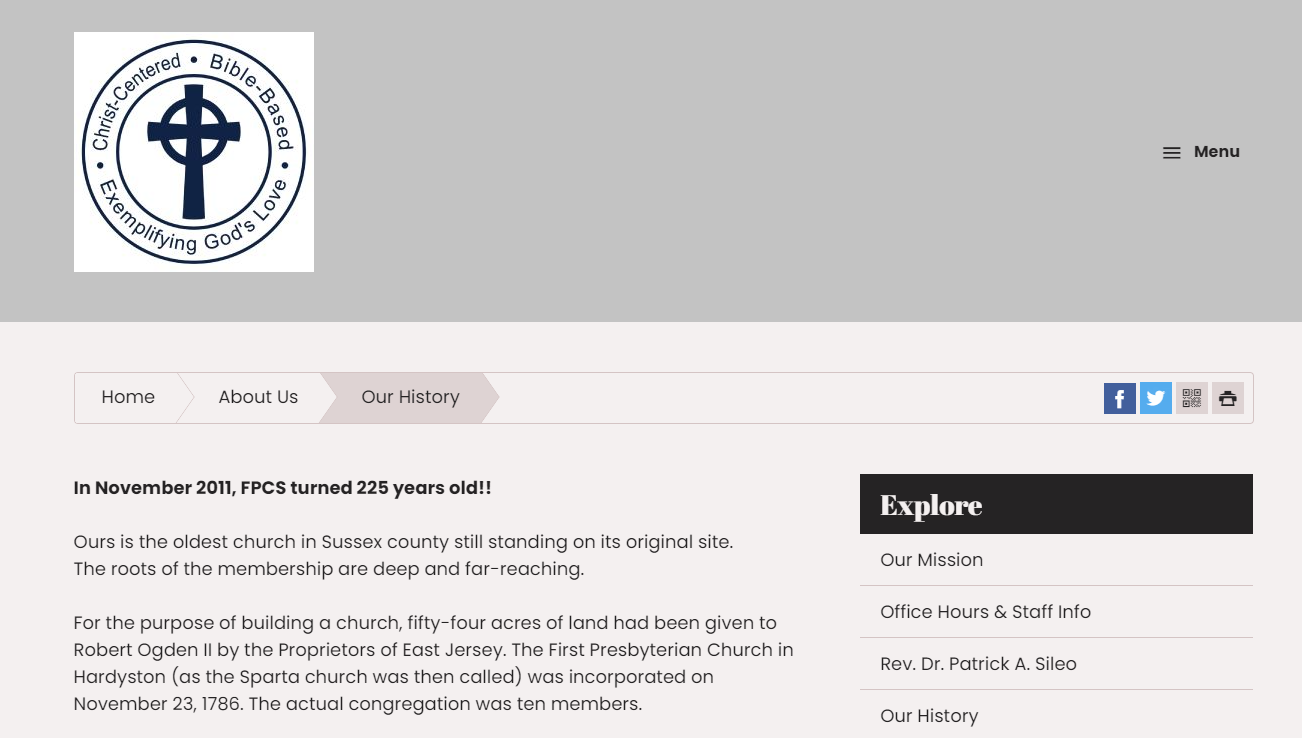
The next strategy is to use FamilySearch’s Places Within feature. Navigate to the FamilySearch catalog, type in the state where your ancestor lived, then use the “Places Within” feature at the top of the page to drill down to the smallest locality you know for your ancestor. Doing this for my Pennsylvania ancestors’ location of Hempfield Township in Westmoreland County revealed eight church history sources and 19 sources for church records. Clicking either of these options will open a list so I can see if there are any records for my church of interest in FamilySearch’s collections.

Another way to go about finding church records is to visit FamilySearch’s United States Church Records page. Scroll to the bottom of the page and you will find links to Wiki articles for records of major religious denominations. Scrolling down farther will bring you to a list of Wiki articles for church records for each U.S. state. Click on the state of interest, and you will be taken to a page that includes some historical background and links to online church records for the state, along with a list of archives that hold church record collections. Many of the links to online records might be links to indexes that have been created for the state or the religious denomination. Remember that these indexes are often incomplete. If your ancestor is not found in the indexes, do not assume that the record doesn’t exist. It just means you will need to dig deeper and look for the church records elsewhere. If they are found in the index, information included with the record will help lead you to a copy of the original record.
One last way to go about finding church records is to contact the church itself. Many times the records are held at the church, and if they haven’t been digitized, you will need to either visit the church yourself, pay a church staff member to conduct a search for you, or hire a local genealogist to visit the church and perform the search.

I hope these tips will help you locate church records for your ancestors! They are a wonderful resource that should not be overlooked. If you want to take a deeper dive and learn more about church records, I recommend the book How to Find Your Family History in U.S. Church Records: A Genealogist’s Guide by Sunny Jane Morton and Harold A. Henderson, CG. It is a fantastic resource!
